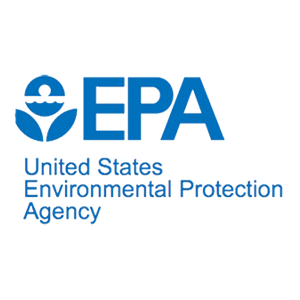EPA The U.S. Environmental Protection Agency (EPA) announced on June 29, 2022, the availability of the final revision to the risk determination for the cyclic aliphatic bromide cluster (HBCD) risk evaluation issued under the Toxic Substances Control Act (TSCA). 87 Fed. Reg. 38747. The revision reflects EPA policy changes intended to ensure the public is protected from unreasonable risks from chemicals in a way that is supported by science and the law. EPA states that it determined that “HBCD, as a whole chemical substance, presents an unreasonable risk of injury to health and the environment when evaluated under its conditions of use.” In addition, the revised risk determination does not reflect an assumption that all workers always appropriately wear personal protective equipment (PPE). According to the notice, EPA “understands that there could be occupational safety protections in place at workplace locations; however, not assuming use of PPE reflects EPA’s recognition that unreasonable risk may exist for subpopulations of workers that may be highly exposed because they are not covered by [Occupational Safety and Health Administration (OSHA)] standards, or their employers are out of compliance with OSHA standards, or because OSHA has not issued a permissible exposure limit (PEL) (as is the case for HBCD).” The revised risk determination supersedes the condition of use-specific no unreasonable risk determinations in the September 2020 HBCD risk evaluation and withdraws the associated order included in Section 5.4.1 of the September 2020 HBCD risk evaluation. For more information, please read the full memorandum.
- Credentials
- Recertification
- Resources
- About
- Committees – Our People
- Board of Directors
- Executive Committee
- Standing Committee on Finance
- Standing Committee on Nominating
- Fellows Nominating Committee
- CHMM Examination Committee
- CHMM Recertification Committee
- CDGP Scheme Committee
- CHMP Scheme Committee
- CSHM Scheme Committee
- IHMM Professional Textbook Committee
- IHMM Scholarship Committee
- Committees – Our People
- Store
- News
- Online Directory
- My IHMM
- Need Help?


